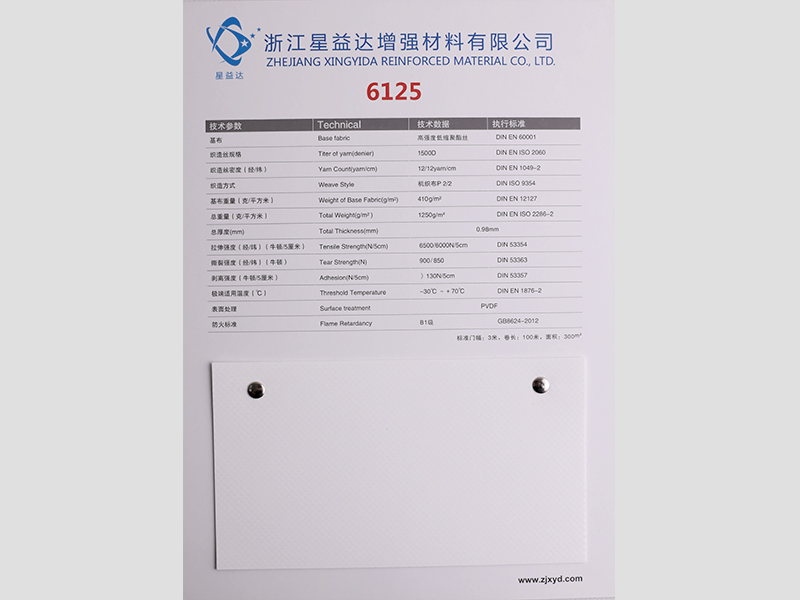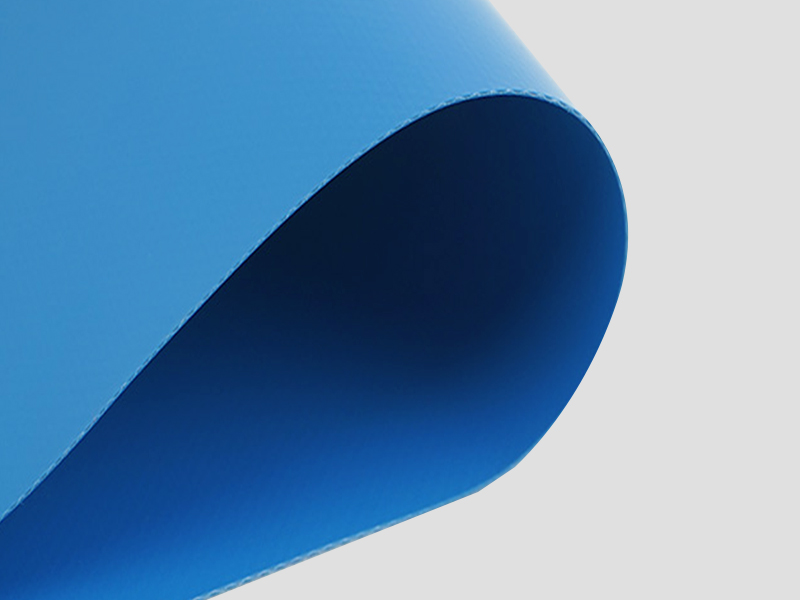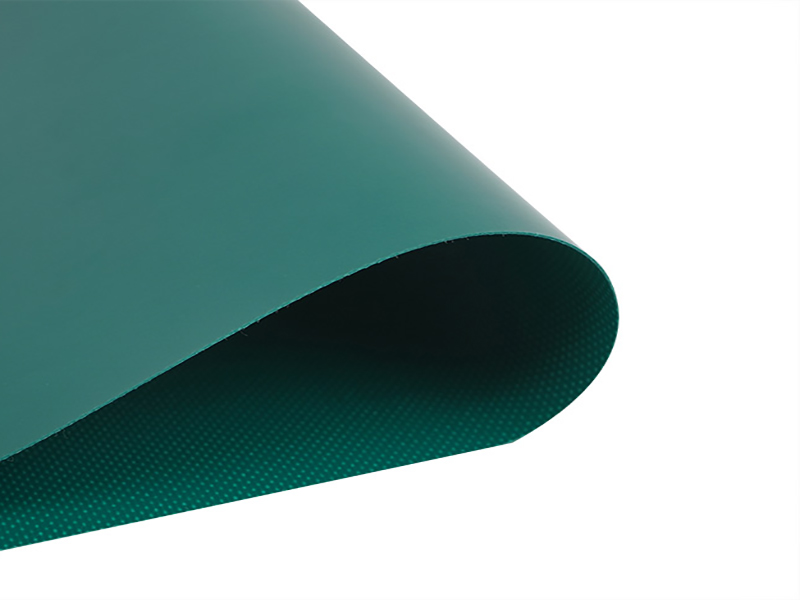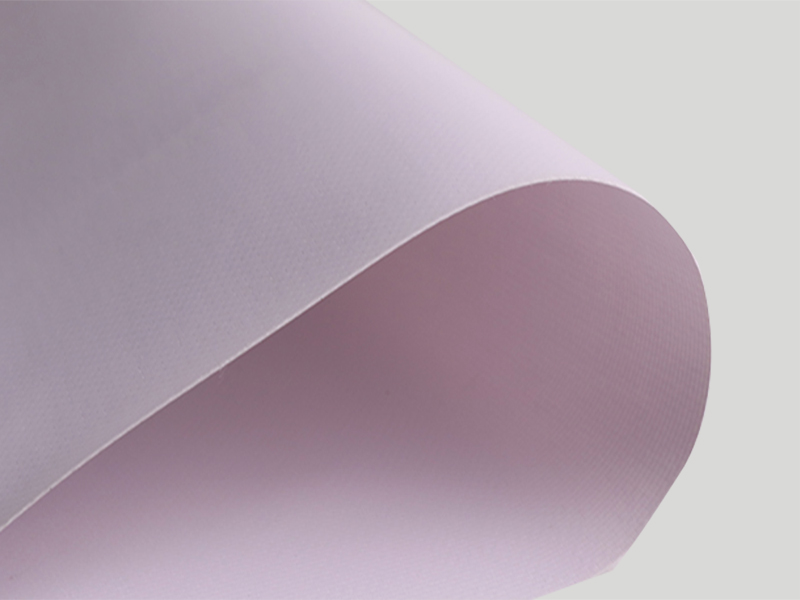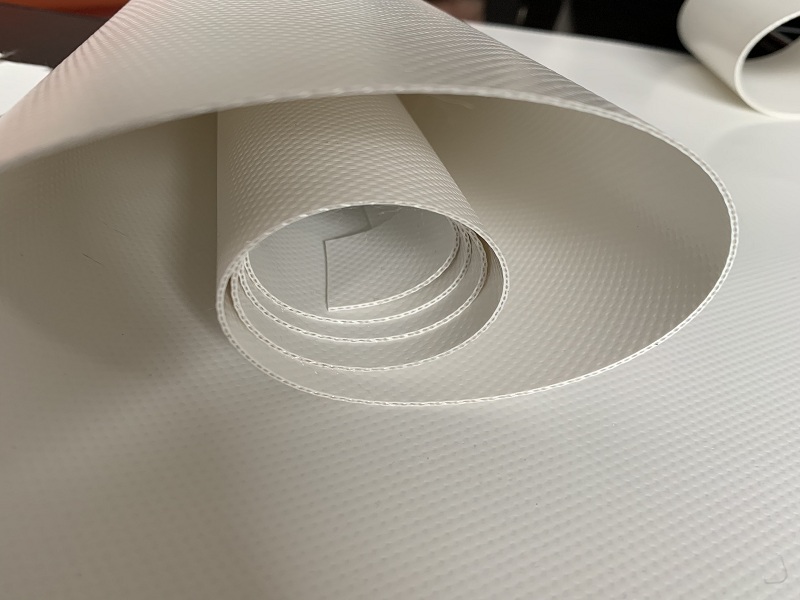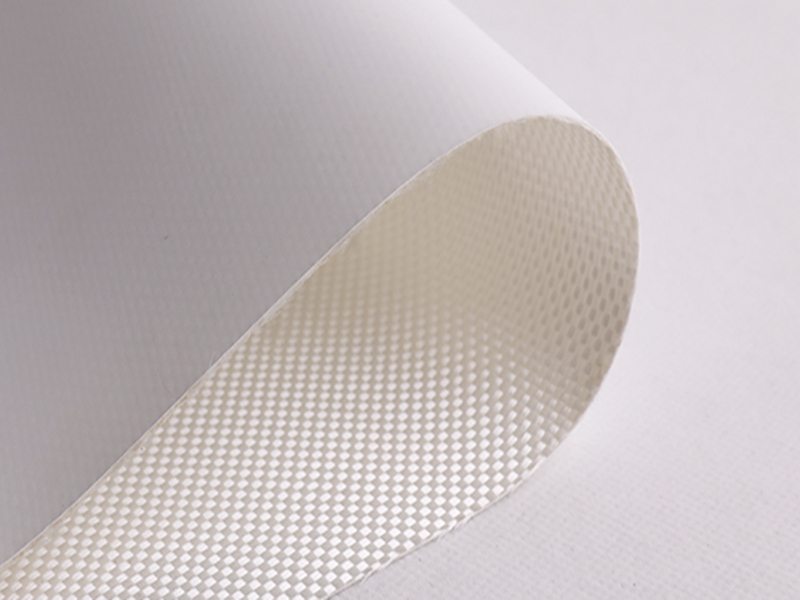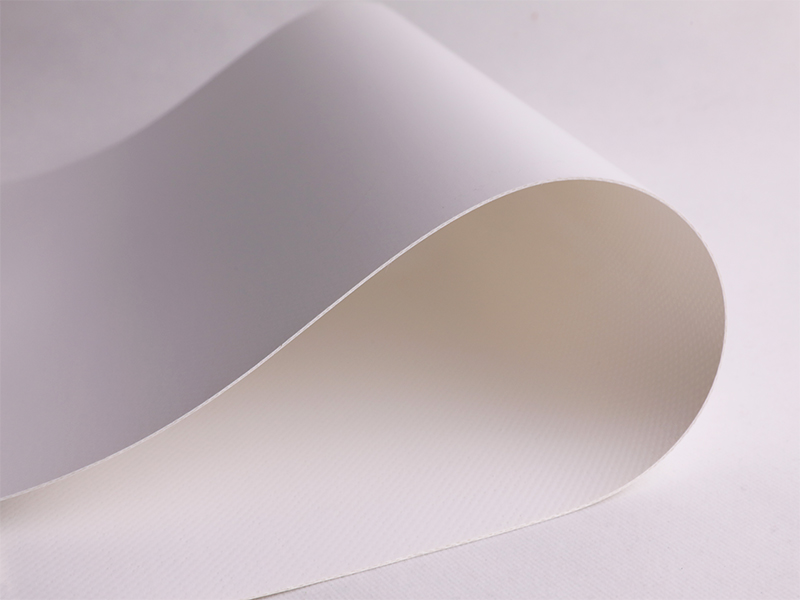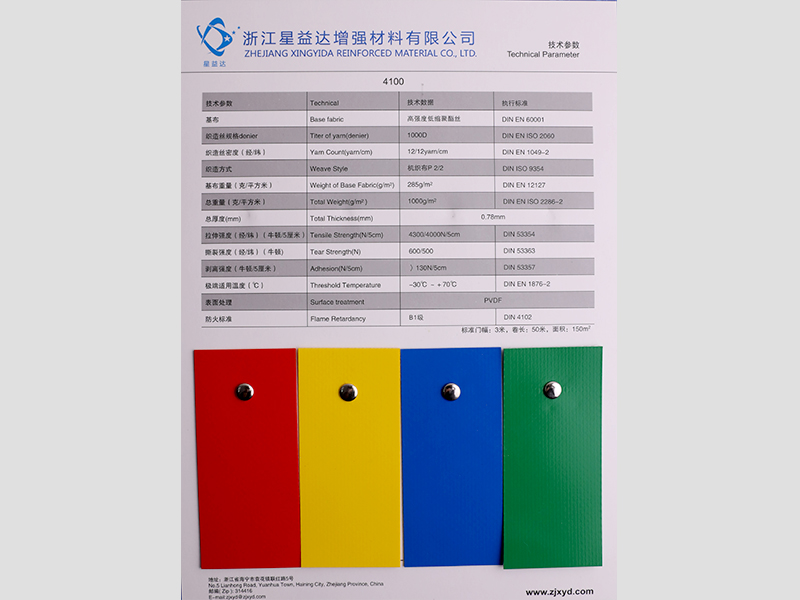When pulling goods, it is inevitable that we will encounter stormy weather, so as long as we have canvas, we can prevent the phenomenon of getting wet, but sometimes because the body is too large, the canvas is small, and the cover is not tight, then we Two or more canvases need to be spliced together, and there is a seaming step. How to seam? Let's take a look!
This problem is also a problem often encountered by drivers who drive trucks to pull goods. It is necessary to make multiple canvases into a large piece to cover the goods. We can use the same method as clothes. We can stitch together the canvas and use liquid The method of combining and sewing requires the use of a liquefaction machine and a sewing machine.
As there are many types of canvas, some of them cannot be seamed by liquefaction. At this time, we have to adopt different methods to seam according to the characteristics of the canvas.
The above content is the method of car canvas seam. I hope it can help everyone by splicing multiple canvases together to form a very large car sail canopy in case of emergency.

Everyone knows about canvas, so have you learned about waterproof canvas? Today's content is to take you to understand the different materials of waterproof canvas, let's take a look!
Selection: Excellent quality rainproof tarpaulin, which not only has high rainproof index, but also has a thick rubber strip at the joint of the awning line to prevent water seepage at the seam.
The technical indicators of waterproof fabrics are subject to the degree of waterproofing:
1. Water repellent is only coated with AC or PU on the outside. Generally only used for children or game accounts
2. Waterproof 300MM is generally used for beach tents/shading tents or cotton tents for drought and less rain
3. Waterproof 800MM-1200MM used for conventional simple camping tents
4. Waterproof 1500MM-2000MM is used for mid-range tents, which need to travel for many days.
5. Waterproof tents above 3000MM are generally professional tents that have been treated with high temperature/cold resistance techniques.
Bottom material: PE is generally used, and the quality depends on its thickness and warp and weft density. It is better to use Oxford fabrics for higher grades, and the waterproof treatment should be at least 1500MM.
Internal fabric: generally breathable nylon or breathable cotton. The quality mainly depends on its density.
The rainproof performance of the outer tent cloth is still calculated based on the number of mm of water column per square centimeter.
Generally, the rainproof tents are above 1500mm water column, which can prevent moderate to heavy rain; individual tents reach 3000-4000mm, which can prevent continuous heavy rain.
The high-quality rainproof tarpaulin not only has a high rainproof index, but also has a thick rubber strip at the joint of the awning line to prevent water seepage at the seam.
Although the rainproof index of the outer tent cloth is high, ventilation is a problem. Even on a sunny night without rain, the inside of the tent will still be covered with water droplets after a nap, especially when setting up tents on moist ground such as grass. If it accumulates, it will drop into the internal account. Relatively speaking, an external account with a low rainproof index has less internal area water than a high rainproof account.




